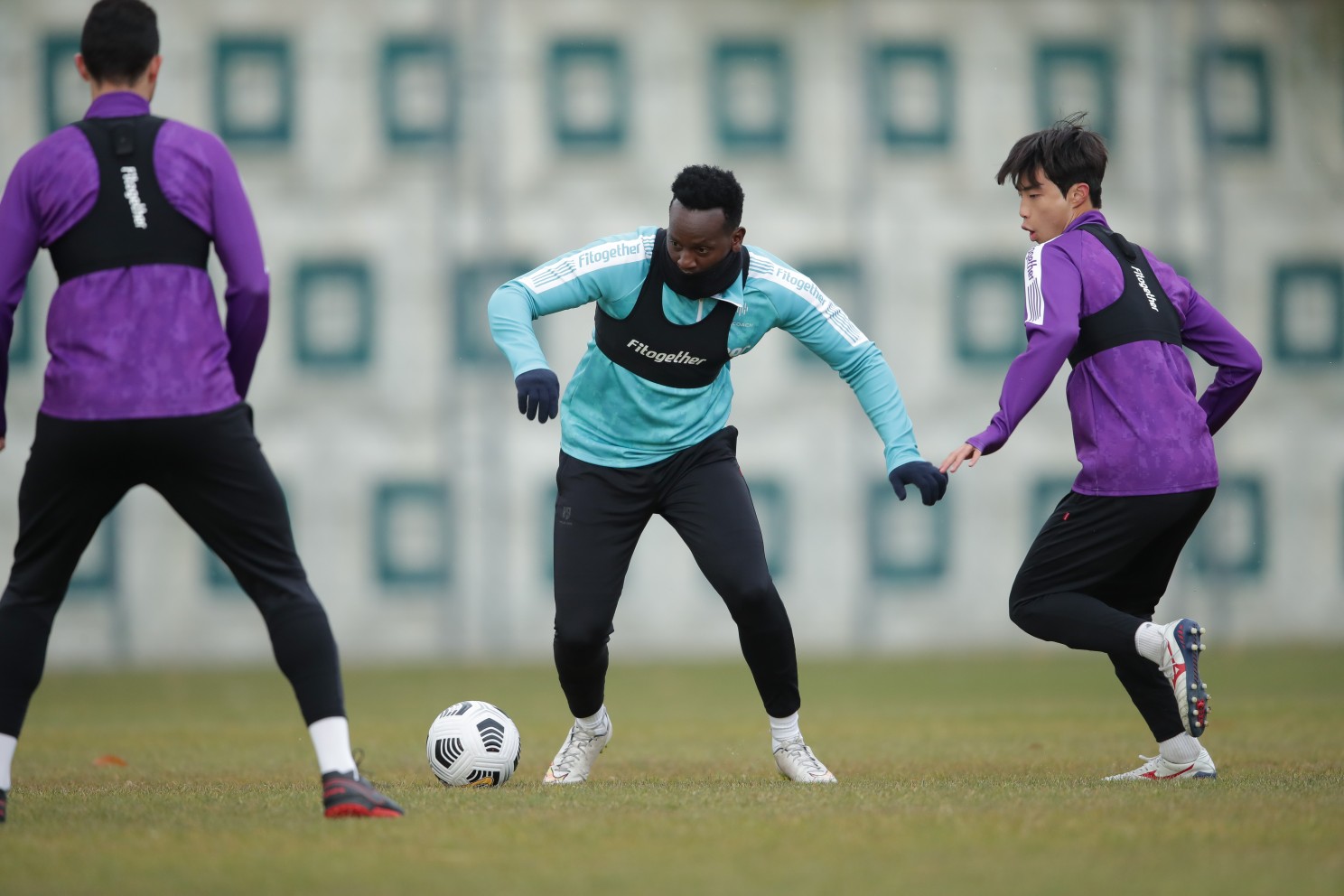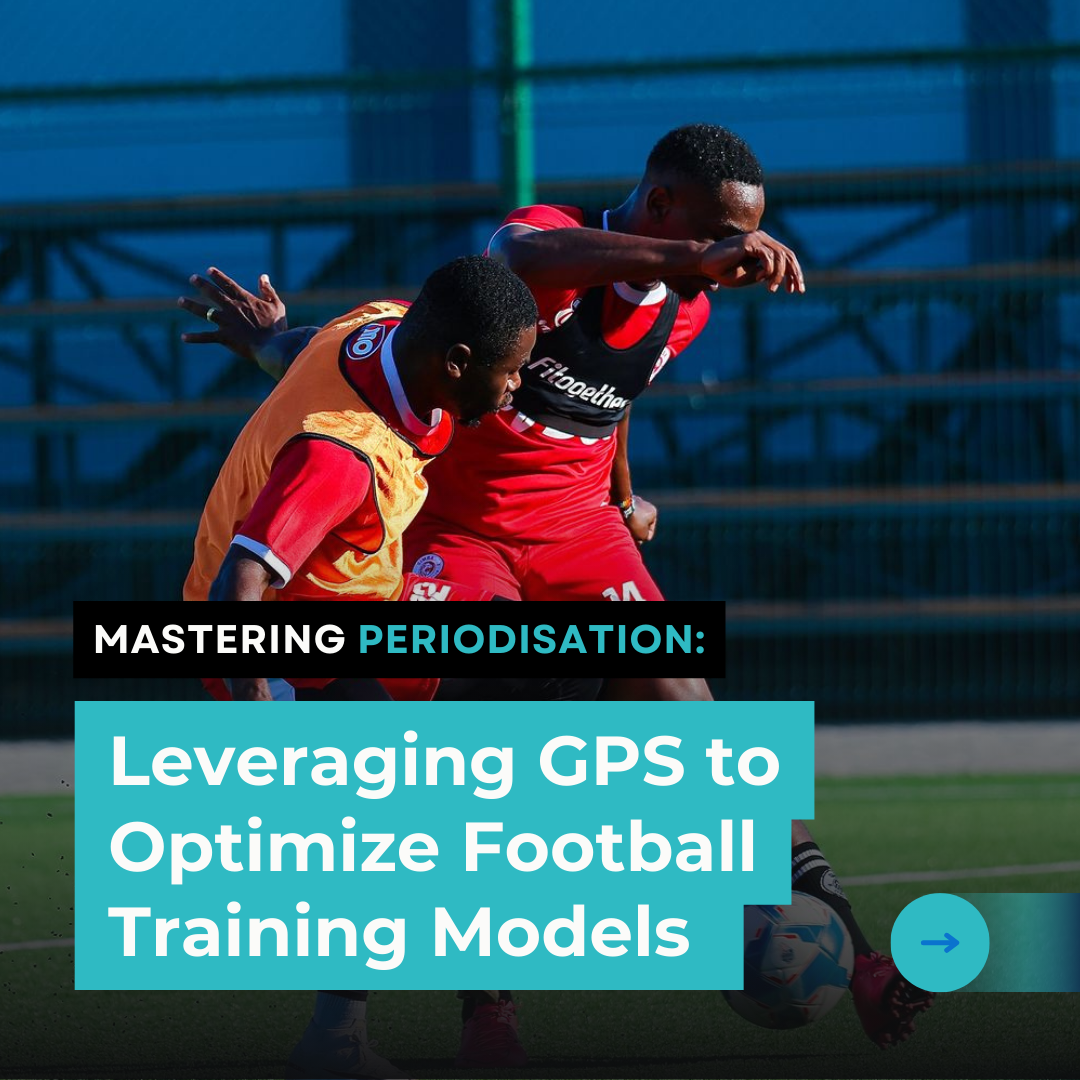

Sounds simple, right?!
Welcome (again!) to Fitogether Vision & Insights! Your go-to source for staying at the forefront of sports science and technology! Our weekly updates deliver a curated blend of sports insight and knowledge!
In this third episode, our Sports Scientist, Gavin Donoghue, will help you dive into the dynamic world of professional football, where Electronic Performance Tracking Systems (EPTS), particularly the ever-present GPS technology, have emerged as game-changers in injury reduction.
Load Management in Football
Training load is the number one contributor to reducing injuries, measuring when and where the injuries happen. If you are a new practitioner working in professional sport, you will hear a lot regarding load management… But, what exactly is load management?
As discussed in Beato et al (2023), load management is categorized into the internal load (Rate of Perceived Exertion Scales) and external load (harnessing the prowess of GPS systems). GPS units and the metrics they provide offer a profound understanding of player positions and recurrent movement patterns. Over time, this data allows practitioners to identify patterns within their training week, enabling them to strategically structure and plan training based on the upcoming game demands.

So, which metrics should practitioners keep a close eye on?
While Total Distance (TD) and Meters Per Minute (M/Min) are essential metrics for monitoring, they might not be the most crucial to look at. Drawing a parallel to driving a car, if we were on the motorway at 70mph for 2 hours, we would clock up a large amount of mileage, but the damage to the structure of the car would be minimal.
What about when we were aggressively accelerating and decelerating the car to high speeds and changing directions vigorously? The wear and tear on the car would increase dramatically. This same holds true for players; most soft tissue injuries are caused by players accelerating or decelerating and changing speeds rapidly or in their high-speed or sprint zones.
The significance of these metrics is magnified in the current landscape of professional football, where games involve an escalating number of high-intensity and explosive actions. Accelerations, decelerations, and high-speed metrics therefore take center stage as they encapsulate the majority of importance in this environment, reflecting the demands of modern, dynamic gameplay.
Here are some key EPTS/GPS metrics for injury prevention:
- Total Distance (Medium Importance)
- Meters Per Minute (Medium Importance)
- Explosive Distance (High Importance)
- High-Speed Running (High Importance)
- Sprint Distance (High Importance)
- Accelerations & Decelerations (High Importance)
Each metric is a piece of the puzzle, offering insights into different areas of potential overload based on player positions and their unique demands. The key for practitioners is to understand what each of the metrics does and, based on their periodisation where the highest risk might come from.

Looking at recent Premier League trends, clubs like Brentford, Newcastle, Sheffield United, and Brighton have experienced the highest number of days lost to injury this season. Manchester United racked up a total of 22 different injuries in their squad. In contrast, West Ham and Wolves boast nearly 60% fewer days lost across their squad. The number one injury across the Premier League is, you guessed it, Hamstring Strain, which is nearly 2.3 times more than the second-placed injury in the league.
How do most hamstring strains happen? Usually, they occur at speeds above 7m/s. With the advent of higher-intensity playing styles in the Premier League and in Europe, practitioners are still looking to develop the exact science to prevent these injuries.
One piece of equipment you never see professional players without in training today is a GPS unit. This device is not just a tool for optimising performance; it becomes an indispensable instrument for mitigating risks associated with injuries. Given the substantial financial stakes tied to staff costs and player wages, meticulous attention to the finer details of daily GPS use is paramount for clubs to safeguard their investments and talent.
In essence, the integration of EPTS, especially GPS systems, stands at the forefront of injury prevention strategies in professional sports.
Now that you have an idea of how EPTS is important to approach injury prevention to safeguard your assets, right? As a FIFA-preferred provider of EPTS, we invite you to explore the transformative capabilities of Fitogether's EPTS device: OHCOACH
Schedule an introduction call with us today, and let's reshape your approach to player development together.
Take the first step toward a safer and more successful coaching journey.
.png)

